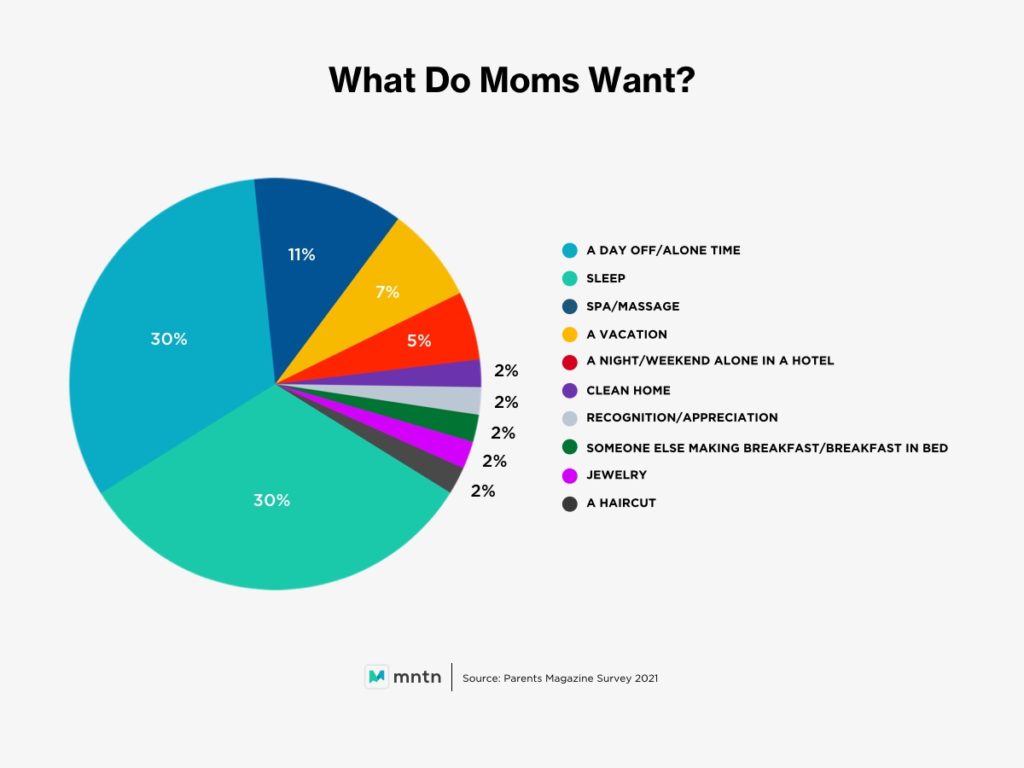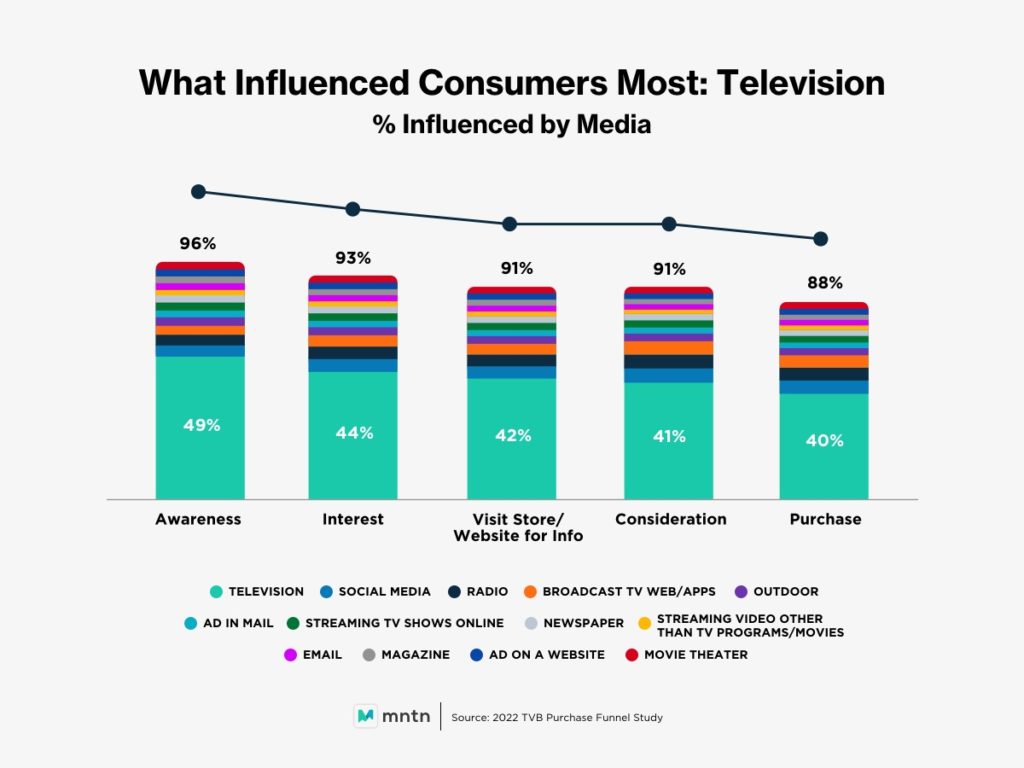From the MNTN Slack: What Netflix’s Q1 Report Signals About the Future of Streaming
by Cat Hausler
8 Min Read
CES 2024: Stagwell (STGW) and MNTN Announce Partnership in Unified Performance SolutionsLearn More
To celebrate the launch of our seasonal guide, let’s explore further the Connected TV campaign specifics of Mother’s Day marketing.

4 Min Read
There’s much to be celebrated this Mother’s Day, but are your marketing efforts hitting the bullseye? Not always, according to market research company OnePoll, whose research found that 40% of mothers fake reactions to Mother’s Day gifts they don’t like. It’s no wonder then that last year’s data revealed that almost half (44%) of shoppers wanted to find a unique or different gift, and 40% wanted to find a gift that created a special memory. Experts predict that this year’s spending will outperform the record $28.1 billion Mother’s Day expenditure last year. Preparation is key to making the most of this opportunity, and so we wanted to expand upon some of the guidance in our recently released annual report.
‘Know your audience,’ as they say. So, what do we know about this key demographic? There are approximately 85 million mothers in the United States—that’s more than half (53%) of the female population in the country. The average age of a first-time mom in the U.S. is 26 years old, and the average household has 1.9 children. Of course, there are different categories of mothers—around 18% are stay-at-home moms, according to a new Pew Research Center analysis of U.S. Census Bureau data. And one in five (22%) are Millennial Moms. Single moms make up 81% of all single parent families in the U.S. Whatever category of mom it may be, mothers are on the clock 24-7. This means middle-of-the-night feedings, getting woken up to shuttle their kids to and from school, or extracurricular activities. As a marketer, not only are you targeting shoppers in-market for Mother’s Day gifts, but be prepared to market to moms too who are looking for a little self-care on their special day—on their schedule, not yours. And, know that moms are mobile-first as they might not have the luxury of sitting in front of a television or desktop all day. However, stay-at-home mothers spend around seven and a half more hours each week watching TV and Connected TV devices than their working counterparts.
Not surprisingly, sleep and solo time take the top spot, according to mothers surveyed by Parents magazine last year.

A separate study of over 1000 new mothers found that 90% felt tired or exhausted most of the time. So, while Mother’s Day shoppers can’t give the gift of time back, we can certainly make the little time available, well spent.
Marketers can appeal to these intangible needs in their advertising efforts, through creative elements such as campaign messaging and tone, which we’ll explore in the next part of this content series.
The world is mobile. Consumers use their handheld devices on average 22% more than other devices to make Mother’s Day purchases, and more than half of all internet traffic comes from a mobile device. Additionally, 33% shop using their mobile device, versus 27% via desktop or laptop, and 79% of smartphone users have made a purchase online using their mobiles in the last six months.
Moms too, spend a lot of time on mobile. Around 68% of moms spend three hours or more per day on mobile devices, while 40% spend between three and five hours per day on mobile devices. Although shoppers are increasingly using their mobile devices to make purchases, it’s television advertising which is getting them there. A recent TVB study found that television paves the way to purchase and is the biggest driver across the customer funnel, from awareness through to conversion.

It’s not surprising then, that advertisers are following suit. An eMarketer study reveals that while mobile advertising still takes up the majority of digital ad spending in the US, newer entrants like Connected TV are eating into its share—in fact, CTV advertising is the primary reason non-mobile ad spending is no longer losing share. The reason is simple: advertisers are catching onto its utility as a performance marketing channel, which can be tied back to business outcomes, as well as drive (and measure) bottom line digital marketing metrics.